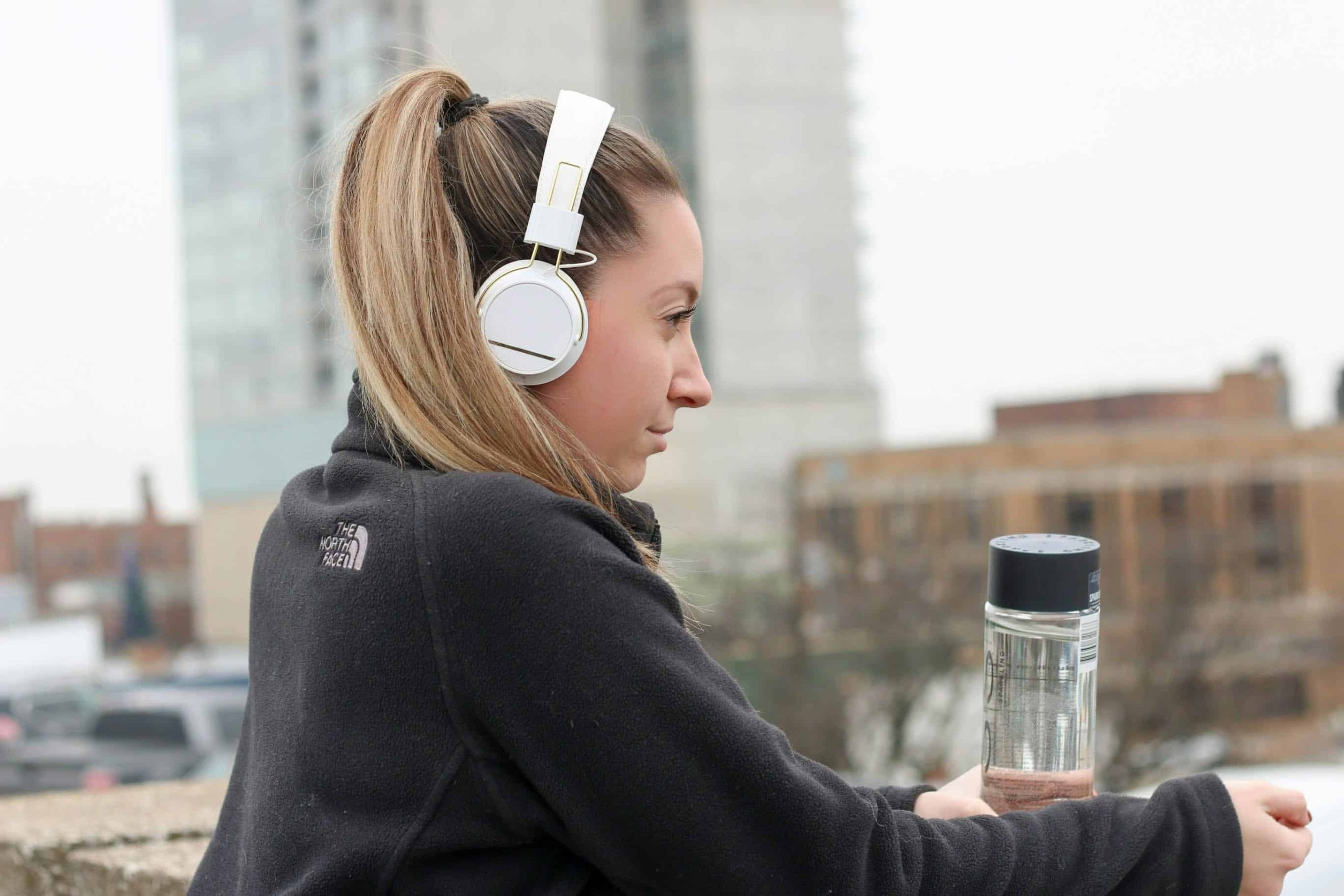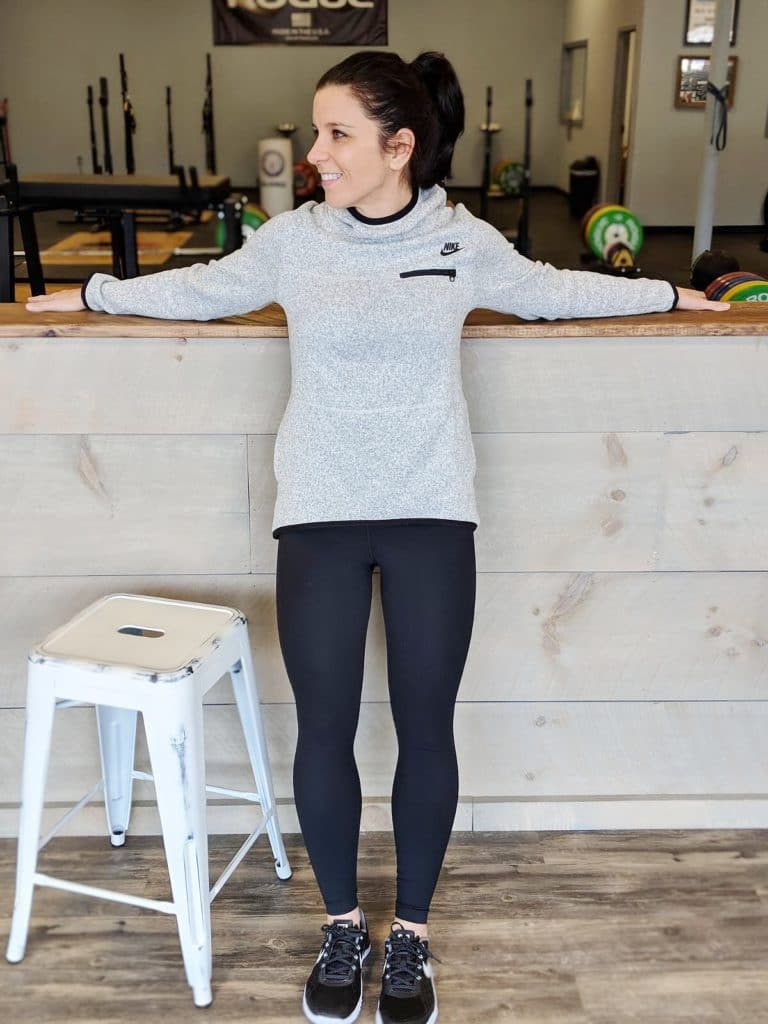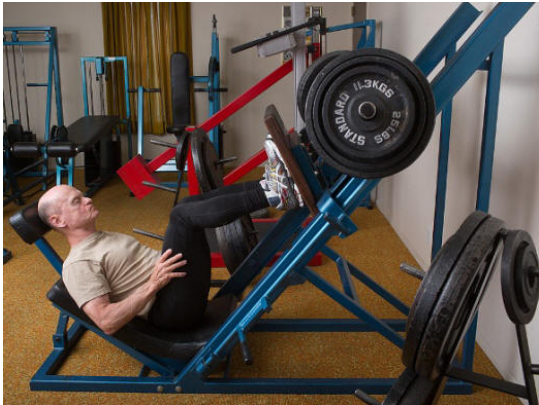What to Focus on First in Postpartum Recovery
I get a lot of questions about what to focus on first in your postpartum recovery journey. I want to give you some excellent advice to help you navigate the unchartered waters of postpartum.
A lot of women are told they can resume physical activity after their 6-week postpartum check-up, or 10-week check-up if they had a cesarean birth. While this can be true, I highly recommend listening to your body. If you feel like your body is ready for some activity, start slow. Today, I will recommend some breath and awareness work to begin lightly activating your pelvic floor. This can also be a great stress reliever! This isn’t about “getting your body back” or going head first into a new routine, but rather about feeling connected to your body again and finding movements that best serve you.
The biggest priority in your early postpartum weeks is to enjoy bonding with your baby and enjoy the down times. Embrace the lazy morning cuddles, the nighttime feedings, and the small moments. If you were active throughout your pregnancy and were working out with a pregnancy program, like KnockedUp Fitness, you may be itching to get back to do a little something with movement. I’m here to help you make sure that what you’re doing is appropriate for where you’re at postpartum.

Healing Your Body During Postpartum Recovery
There is still a lot of healing going on in our bodies post-birth. Our hips are spread, our abs may be separated and our pelvic floor is weakened. No matter the kind of birth you had, cesarean or vaginal, your pelvic floor was stressed through pregnancy from your baby adding additional weight to it. But, bringing awareness to your pelvic floor (which I’ll explain below) helps to stimulate healing from vaginal tearing, and from a cesarean scar.
Many women feel they need to punish themselves postpartum because they “let themselves go” during pregnancy or feel this intense pressure to look a certain way soon after the baby. This mentality is dangerous because doing too much too soon can cause your body to start bleeding again or make any incontinence and/or Diastasis Recti worse. Instead, focus on listening to your body and slowly incorporating the recommendations into your daily routine. I also recommend using visualization to focus on what your body should feel like verse what you want it to look like.

Movement During Postpartum Recovery
A little bit of movement can help you feel so much better as you are recovering postpartum. I recommend getting outside if you can and walking. Strap that baby on, and get outside! You may be moving slowly and that’s OK – do not overdo it and listen to your body. Something as simple as walking helps you focus on your pelvic floor and deep core, as long as you’re paying attention. Give awareness to how you are walking, your posture, and how you’re holding the baby. Bringing awareness to these muscles can help you restimulate the deep core.
Remember, it’s ok if you move slowly or only make it a block. Really listen to your body and try to connect to your deep core. If you push too hard these first few weeks, that can push your recovery back and result in injury.
An additional awareness exercise you can do is practicing your breathing while you’re feeding your baby. Pay attention to how you’re sitting. Bring in breathwork to connect to your deep core. You can also feed your baby on a birth ball to help create more strength + stability, all while working on proper posture. Keep in mind that when you’re reconnecting with your pelvic floor muscles, you may not really feel a lot. I recommend visualizing the muscles coming together, and the connection will happen more quickly.
Here’s a video that sums up what this post is talking about!
3 Things to Focus on First
As you focus on healing and movement, here are the 3 main areas that you can improve to help you with your deep core connection. These three things are also great if you have diastasis recti!
1. Improve Your Posture
Your posture while going about your day can impact your postpartum recovery. To improve your posture, lengthen tall through the top of your head and zip up your belly lightly. This engages the pelvic floor. With posture, practice makes perfect! The more your practice walking, sitting, and picking up your baby with good posture, the easier it will become.
2. Strengthen Your Deep Core Muscles
As you focus on improving your posture you will be able to find and strengthen your deep core muscles more easily. Before you move through any exercise you need to pre-activate your entire deep core (this includes your pelvic floor too!). The first step in strengthening your deep core is to bring awareness to the muscles will practicing breathing. When held properly, you will feel a light core connection and be able to breathe deeply out to your sides and back. Holding this light deep core connection can help to strengthen your core daily, plus gives added stability to your spine. Initiate every exercise you do with this deep core activation to strengthen your abdominals and work on repairing diastasis recti, and pelvic floor weakness, and decrease annoying aches and pains. I have a post all about one of these safe moves right HERE.
3. Avoid Certain Exercises
It’s important to avoid exercises that put too much stress on your abdominals, at least until you are farther along with re-strengthening your core. This includes exercises such as crunches, planks, or any exercises that cause “coning” of your belly.
When to Start Core Rehab
Depending on your activity levels during pregnancy, you may be ready to start my Core Rehab program sooner rather than later. But it is vital that you listen to your body, and put in the light breathing and connection work mentioned above, before starting the program. If you do choose to start soon after birth, I recommend starting with the early postpartum recommended videos as they are safe for those early postpartum weeks. The goal here is not to rush through the program – you won’t experience the benefits of connecting to your body. It’s important to take your time learning about your body as you begin strengthening with these safe, yet very effective, movements and techniques that have been proven to work time and time again.









Leave a Comment